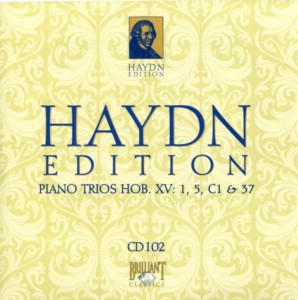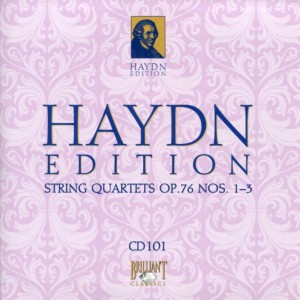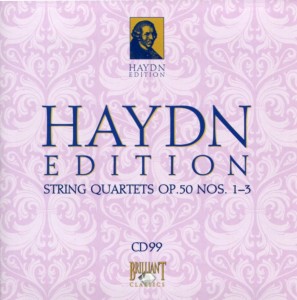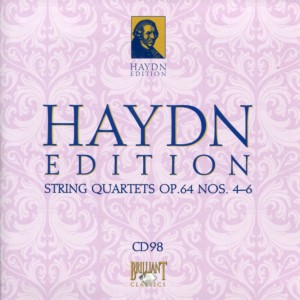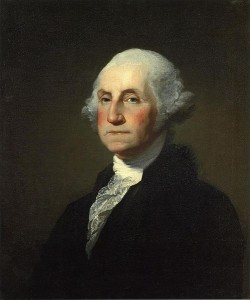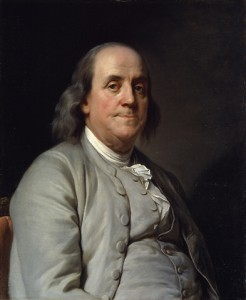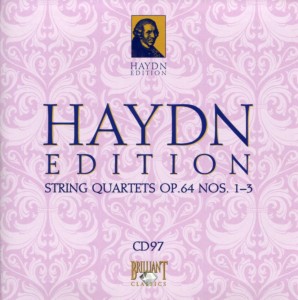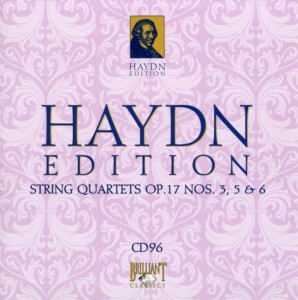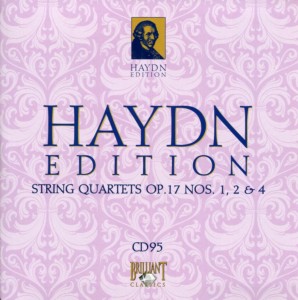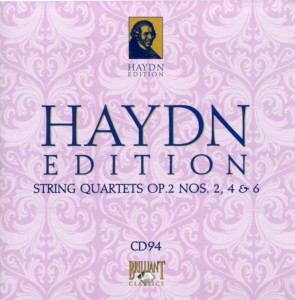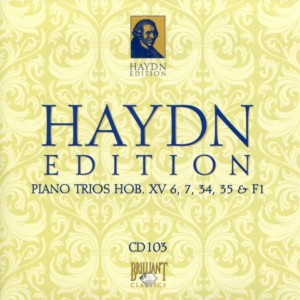 Something about today’s music (Haydn Piano Trio in F Hob IV: 6, especially) immediately made me think of the 1980s/90s Bob Newhart TV series called Newhart, the series in which Bob plays a how-to author named Dick Loudon who, with his wife Joanna, runs an historic inn in Vermont.
Something about today’s music (Haydn Piano Trio in F Hob IV: 6, especially) immediately made me think of the 1980s/90s Bob Newhart TV series called Newhart, the series in which Bob plays a how-to author named Dick Loudon who, with his wife Joanna, runs an historic inn in Vermont.
I’m not sure why.
I guess it’s because the music is sprightly, and vaguely Baroque, very New England-y. So, naturally, I thought of the classic TV series.
That may seem like quite a leap to you. But, that’s how my mind often works – making connections.
For information about these Haydn Piano Trios, please see yesterday’s post.
Providing the music for these Piano Trios is the Van Swieten Trio, which consists of:
Bart van Oort fortepiano
Remy Baudet violin
Jaap ter Linden cello
Here’s a list of Haydn’s piano trios. The are referred to by their Hoboken catalog names, and their date of composition is not always certain. So I’ll Continue reading

